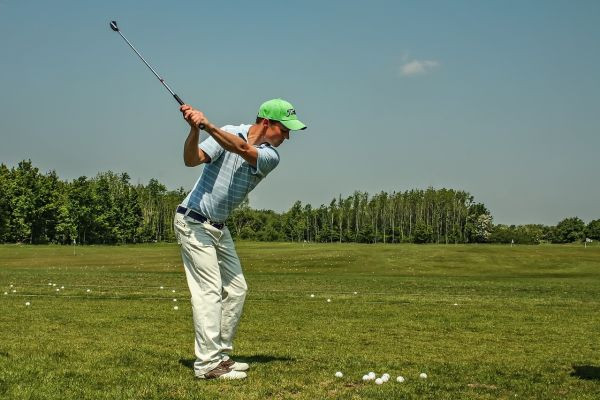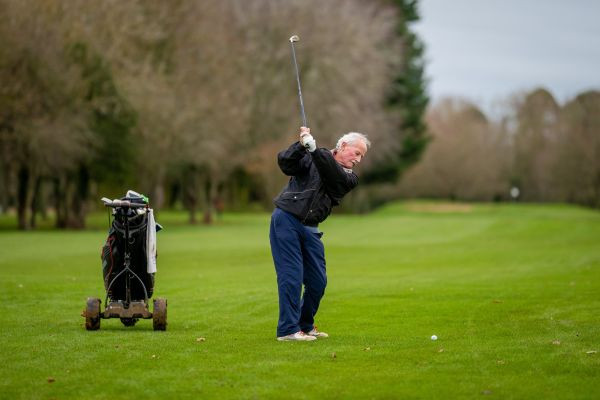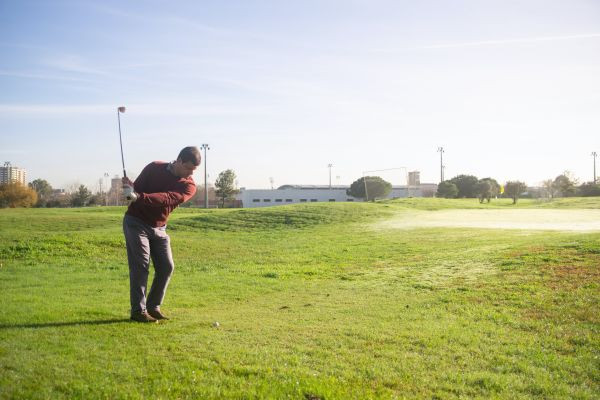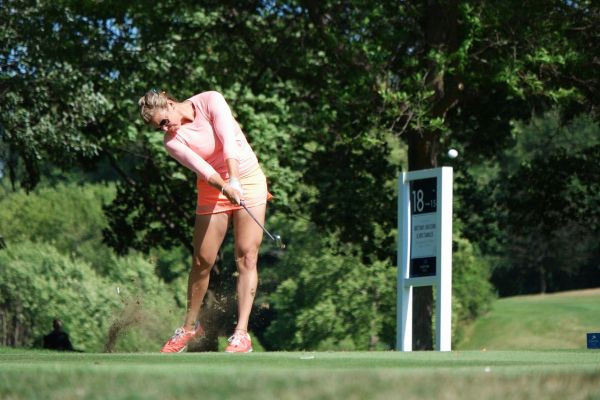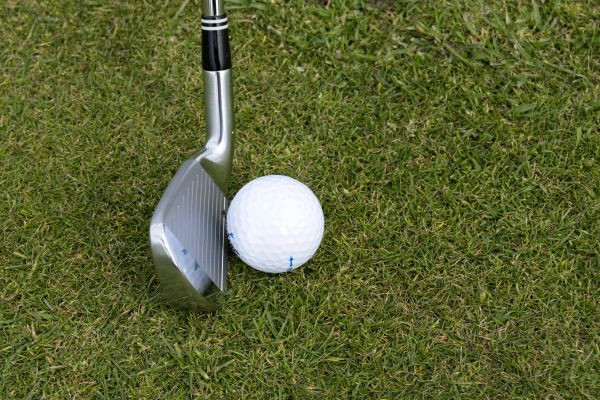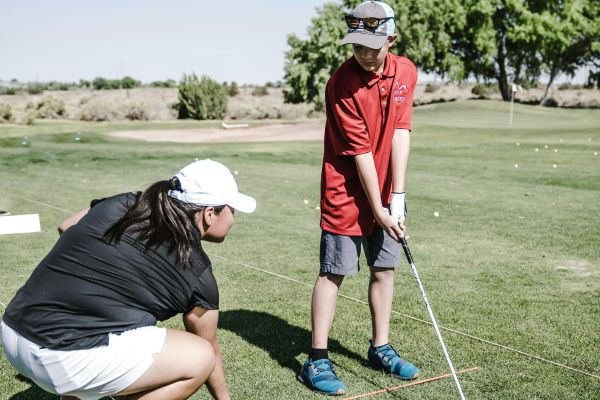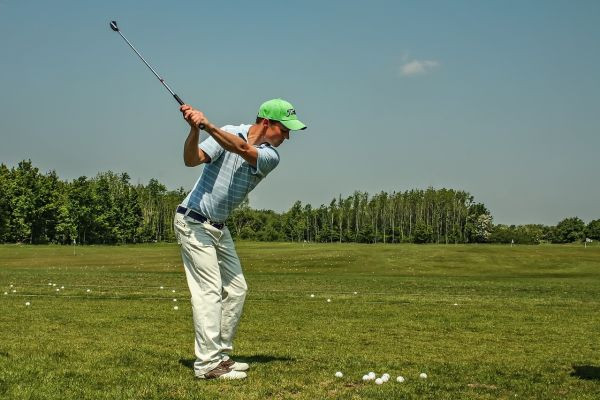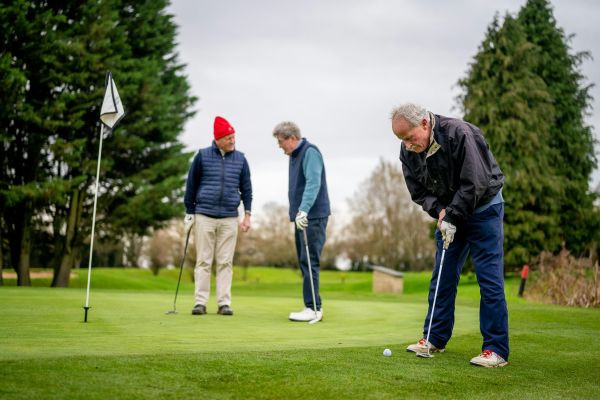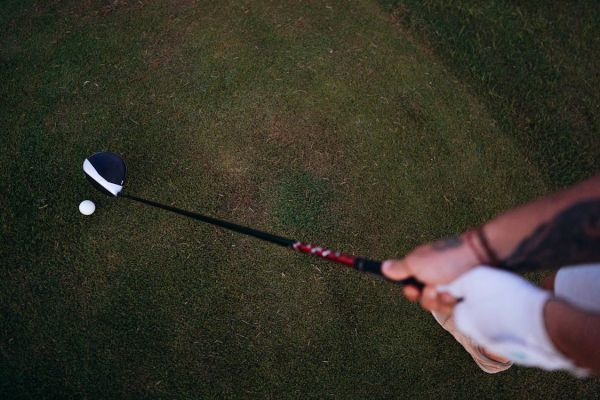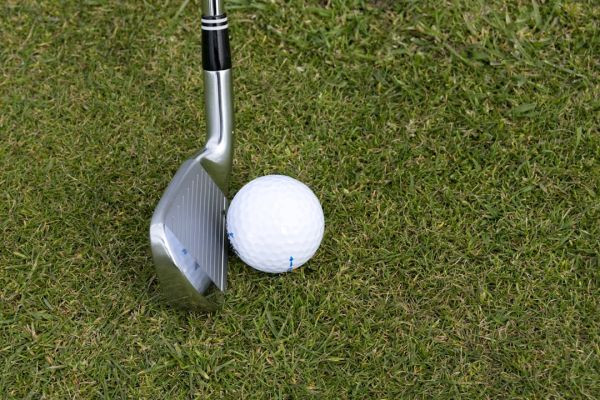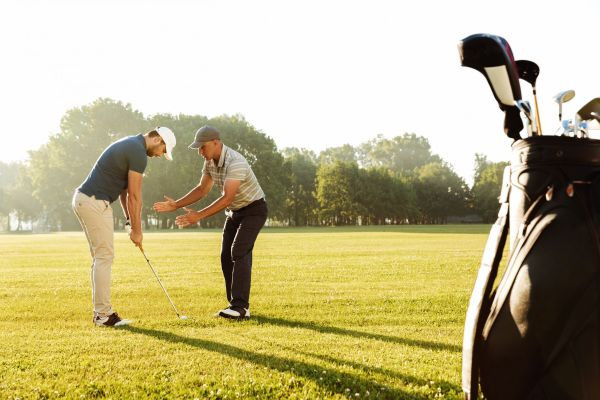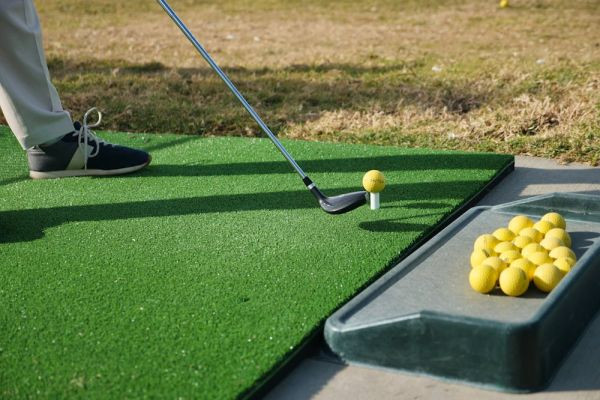Guide to Keeping Your Golf Posture - Avoid the Stand-Up Mistake
Golf demands precision, skill and getting your stance right. The key to transforming a swing into a successful one often boils down to the specifics of your posture and movement. Today we're delving i..

Golf demands precision, skill and getting your stance right. The key to transforming a swing into a successful one often boils down to the specifics of your posture and movement. Today we're delving into how to uphold your golf stance and steer clear of the stand up blunder, a mistake that can impact golfers across all skill levels.
Importance of Proper Golf Posture
At the core of a reliable golf swing is having the right posture. It serves as the foundation that promotes balance, command and a smooth transfer of power, throughout your swing. Picture your body as a tuned machine where every component must work in sync for optimal performance. A proper golf posture ensures that your body is aligned in a way that maximizes its capabilities resulting in precise shots. Without this posture you're likely to encounter inconsistency on the course leading to poor shots and diminished ball distance coverage.
Many golfers unknowingly mess up their posture when swinging, at the impact moment. This common error involves straightening up instead of maintaining the forward spine angle set at the beginning. By making this change golfers disrupt their swing dynamics resulting in issues, like hitting thin shots and a decrease in shot power.
The Stand-Up Mistake Explained
So what is this stand up mistake? Simply put it's when there's a shift from the spine tilt during impact in the swing. This misstep causes the hips to rise. This causes the shoulders to move backward, throwing off the intended swing path and often leading to off target hits. It's like your body hesitates before making contact, with the ball affecting your shot quality.
The consequences of this mistake are significant. It messes with where your swing arc bottoms out making it harder to hit the ball squarely. Inconsistencies become most apparent in such shots. Those moments when the ball barely leaves the ground falling short of the expected height or distance. These shots not only shake a golfer's confidence but also reveal a significant flaw in maintaining the correct posture throughout the swing.
Key Techniques to Maintain Golf Posture
Setting the Right Spine Angle
The spine angle you set at your starting position is more than a stance; it acts as the axis around which your entire swing pivots. The aim is to sustain this angle from address to impact and follow through. Consistency in this angle ensures that your body moves smoothly and efficiently guiding the club along its intended path for a precise strike. Picture your spine as a ship's mast with your swing revolving around it. Keeping it steady is crucial for navigation.
The Role of the Lower Body in Golf Posture
Often overlooked, the lower body serves as the base of your golf swing. It is where power originates and what keeps you rooted and stable on the course. Neglecting the importance of your knees and overall stance is an error. Ensure your knees are slightly bent and distribute your weight evenly on the balls of your feet. This stance helps maintain the angle of your spine and prevents the temptation to straighten up mid swing. Picture your body as the roots of a tree offering stability and power for your body to move with ease.
Exercises to Strengthen Lower Body
A strong body is essential for a steady and forceful golf swing. Engaging in exercises that target the quadriceps, hamstrings and glutes can greatly improve the foundation of your swing. Wall sits serve as a method to enhance endurance and muscle strength in these areas. Lean against a wall, lower yourself into a seated position. Hold this position for intervals while gradually increasing the duration as you get stronger. Additionally incorporating squats and lunges into your workout routine can further strengthen your body ensuring you maintain golf posture throughout each swing.
Drills to Improve Golf Posture
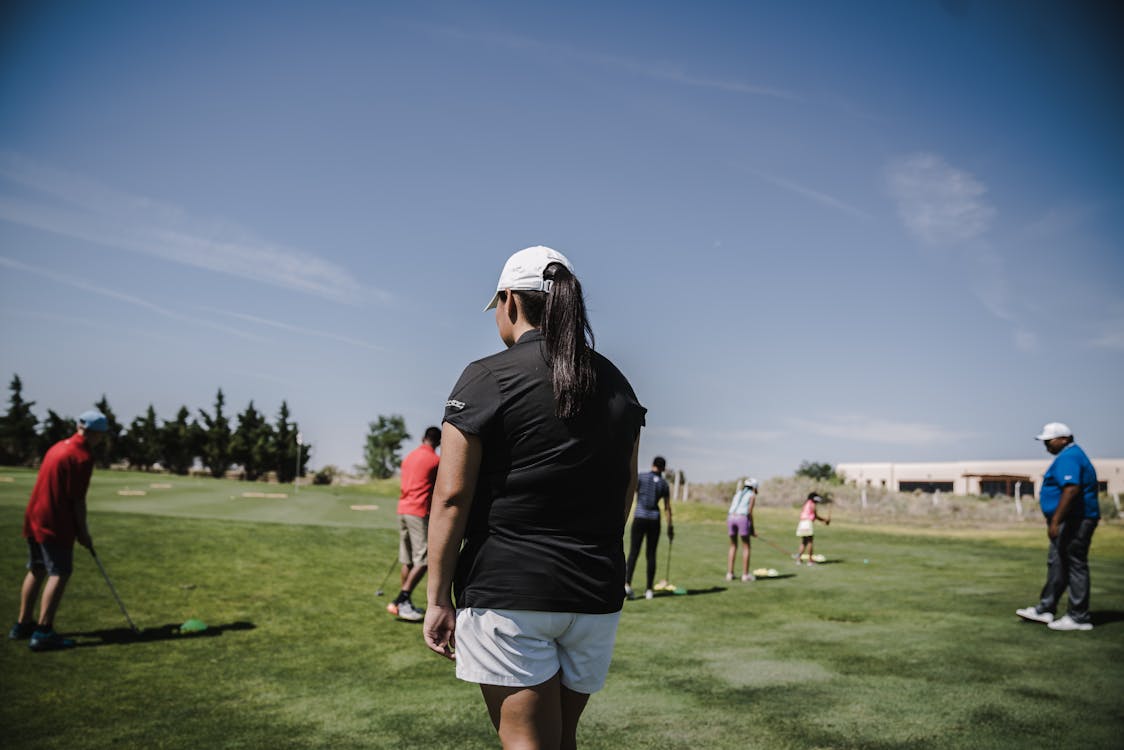
Spine Angle Drill
The easy and efficient drill utilizes your club, heightening retention of the angle of your spine. Hold your club in front of your chest at eye level, then simulate a mid-air mock stroke and downswing, focusing on the necessity of keeping your club parallel with the ground during the action. This movement ensures a memory or awareness that helps our brain memorize a specific position to maintain our spine angle, allowing us to "stick to the ground" throughout our swing.
Keeping Your Head in the Box
To keep still during the swing, you have to minimize the amount that your head moves or rises. Picture your head encased within an imaginary box that moves with your body. Swing your body and the box too much, and your head will clash against the sides. Let your head and the box rotate in harmony, and you keep your angles intact.
Tips from the Pros
Insights from Tom Watson
Tom Watson, a familiar name to people who believe in quality golfing, has emphasized this posture. Stand tall and straight throughout the swing, shoulders and eyes square with the body, spine tilted from hips, arms hanging naturally and knees slightly flexed. Watson tells us this as applied to the golf swing - The one common denominator in every great golf swing is good posture.The key to a good balanced swing starts with your posture. A straight back in the set up allows for the greatest chance of consistent swings and reduces the chance of injury due to swing mechanics.
Watson also says that strengthening the quads is a good idea. Since the quads are major muscles in your legs that aid in the support of your stance as you stand and balance, you definitely want to have strong quads to keep your stability and posture from start to vertical impact through your follow-thru.
Exercises for Better Posture
Adding more strength exercises to the routine, such as wall sits - which are excellent for building quad strength - can help with my golf posture. Also, incorporating exercises that target flexibility and the core can make your golf posture more adaptable and resilient.
Core Strengthening: Core strengthening exercises should be a regular part of your weekly exercise routine. Exercises such as plank, Russian twist, and the bird dog engage core muscles, which are important for maintaining posture during the dynamic motion of a golf swing. A strong core ensures your swing is powered from the center of your body, rather than your back, and reduces the common tendency to "stand up" during the swing.
Flexibility Training: Incorporating flexibility exercises, such as yoga or dynamic stretching, can significantly improve your range of motion. This increased flexibility allows for a fuller rotation during the swing, which enables you to maintain your spine angle and avoid the stand-up mistake.
Leg Strength: Wall sits can be a great help with building enough leg strength to maintain a good golf posture. Certain exercises, such as lunges, step-ups, or leg presses, can also greatly help in building the correct amount of leg strength needed for a solid golf posture. This also aids in achieving a good swing, as your legs are the foundation of a great swing. It's about the power and stability in your lower half; weak legs force you to overstrain your upper body, which can lead to posture shifts and arm inconsistency, resulting in inconsistency.
Balance Drills: Balance drills are another great area to practice. Doing exercises to help improve your balance like standing on one leg, using balance boards, and even doing exercises on a BOSU ball can really help to make you more balanced throughout your golf swing. More balance is going to mean better posture and better alignment from your setup all the way to your follow-through so lets keep it simple.
Conclusion
To achieve consistency and power in their golf shots, players need to concentrate on perfecting their golf posture and avoiding the stand-up error. By investigating the authentic causes behind swing and posture issues, golfers can now practice specific drills and seek guidance from experienced professionals to significantly refine their swing and increase their quality of play.
Frequently Asked Questions (FAQs)
What is the most important aspect of golf posture?
The primary and most critical aspect of golf posture, according to the golfing machine, is maintaining a constant spine angle throughout the swing, which promotes efficient movement and stability, enabling a golfer to make a powerful and accurate shot.
How often should I practice posture drills?
Posture drills should be added to your practice routine every week. Try to spend around 30-60 minutes 2-3 times per week on drills that reinforce the spine angle and lower body strength. This will help you build your muscle memory as well.
Can improving my golf posture increase my driving distance?
Absolutely, it’s one of the first things that people ask when I work with them one on one. A more stable and efficient posture can deliver more power through the swing and increase the driving distance.
What are some signs that I'm standing up in my swing?
You may be standing up during your swing if you are hitting thin shots, losing balance towards the end of your swing, or noticing that your hip or shoulder height is increasing as you approach impact.
Are there any quick fixes to correct my posture during a round?
Though the long term fix is practice, the quick fix is to concentrate on keeping your head down and your knees nice and flexed throughout your swing, for better posture.









